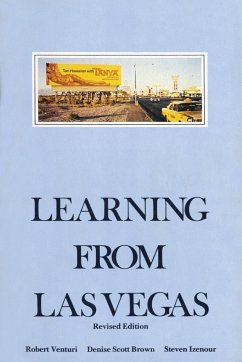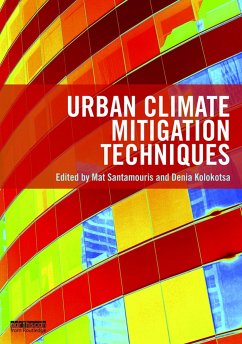
Foundations of Urban Design

PAYBACK Punkte
15 °P sammeln!
"The book is structured into twenty-nine essays, each dedicated to a pair of urbanistic concepts. Discussing historical and contemporary, interpretive and designerly approaches to urbanity, the notions composing the 29 pairs relate dialectically, as theses-and-antitheses. Still, we are warned, 'the presented antagonisms are not a priori in opposition, but rather complementary'. Smets' fundaments may be likened to emblems. A Renaissance genre, proliferating before the Industrial Age, emblems are complex knowledge repositories, their meaning emerging at the intersection - but not as 'sum' of - a...
"The book is structured into twenty-nine essays, each dedicated to a pair of urbanistic concepts. Discussing historical and contemporary, interpretive and designerly approaches to urbanity, the notions composing the 29 pairs relate dialectically, as theses-and-antitheses. Still, we are warned, 'the presented antagonisms are not a priori in opposition, but rather complementary'. Smets' fundaments may be likened to emblems. A Renaissance genre, proliferating before the Industrial Age, emblems are complex knowledge repositories, their meaning emerging at the intersection - but not as 'sum' of - a title, a text and an image. The paired titles, the written analysis, alternating abstractions and historic references, together with Heinrich Altenmèuller's pairs of essentialized computer graphics, neither completely 'explain', nor exhaust each other's suggestive capacities. Some of the pairs, such as Ribbon - Cluster, Ladder - Star, Fabric - Citadel, wide-span the history of the city, denoting quasi ubiquitous morphologies. Others, such as Monument - Icon, Street - Road, Hole - Void, address (the long) modernity, the second notion illuminating more recent developments. Flow - Shelter, Castle - Palace, tackle the city scale proper, while others, such as Network - Polynuclear Territory, Island - Archipelago, address the scale of the region, characterizing recent planning approaches, such as Landscape Urbanism or Infrastructure Urbanism. Finally, Destination - Morphology, Creator - Curator, Growth - Improvement, question processes and paradigms of making." Cristina Purcar, Planning Perspectives, 2021, 36,6"--













